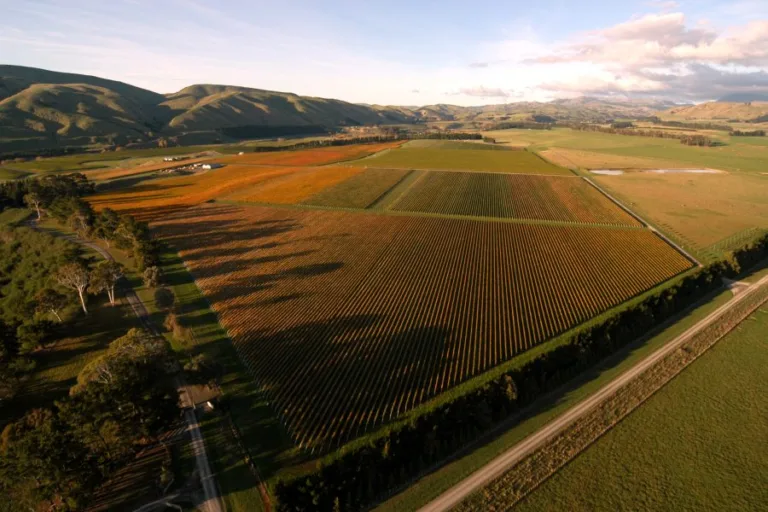Over the last decade Xinomavro has become one of Greece’s leading red grapes and is often considered the greatest of native varieties.
Planted in northern and central Greece, the variety can be found in four of Greece’s Protected Designations of Origin (PDO) including Naoussa, Amynteo, Goumenissa, and Rapsani.
In the vineyard Xinomavro is inconsistent and requires careful management, and in the winery close attention and time is required to tame its tough tannins and high acid. But when produced well, Xinomavro can resemble the structure of Nebbiolo with balanced firm tannins and bright acidity, and distinct aromas of fresh and dried red fruits, flowers, tomatoes, tobacco, black olives and spice.
Scroll down to see the top 12 Xinomavro wines of DWWA 2023
Typically released after at least two years of ageing, Xinomavro’s notable acidity and tannins give the wines good cellaring potential, and also make the wine an ideal accompaniment to foods. Unoaked versions akin to Pinot Noir pair well with foods like mushroom risotto, pork and lamb, and oak-influenced styles with game or even dry-aged steak.
Xinomavro grapes
Xinomavro is best known for its production as a red wine, but can also be used to make good rosés, aromatic sparkling wines and sweet wines.
It is produced as a varietal wine or can be blended with both indigenous and international varieties — a higher percentage Xinomavro often adding more structure to the wine.
Celebrated on 1 November, International Xinomavro Day was established by Winemakers of North Greece







